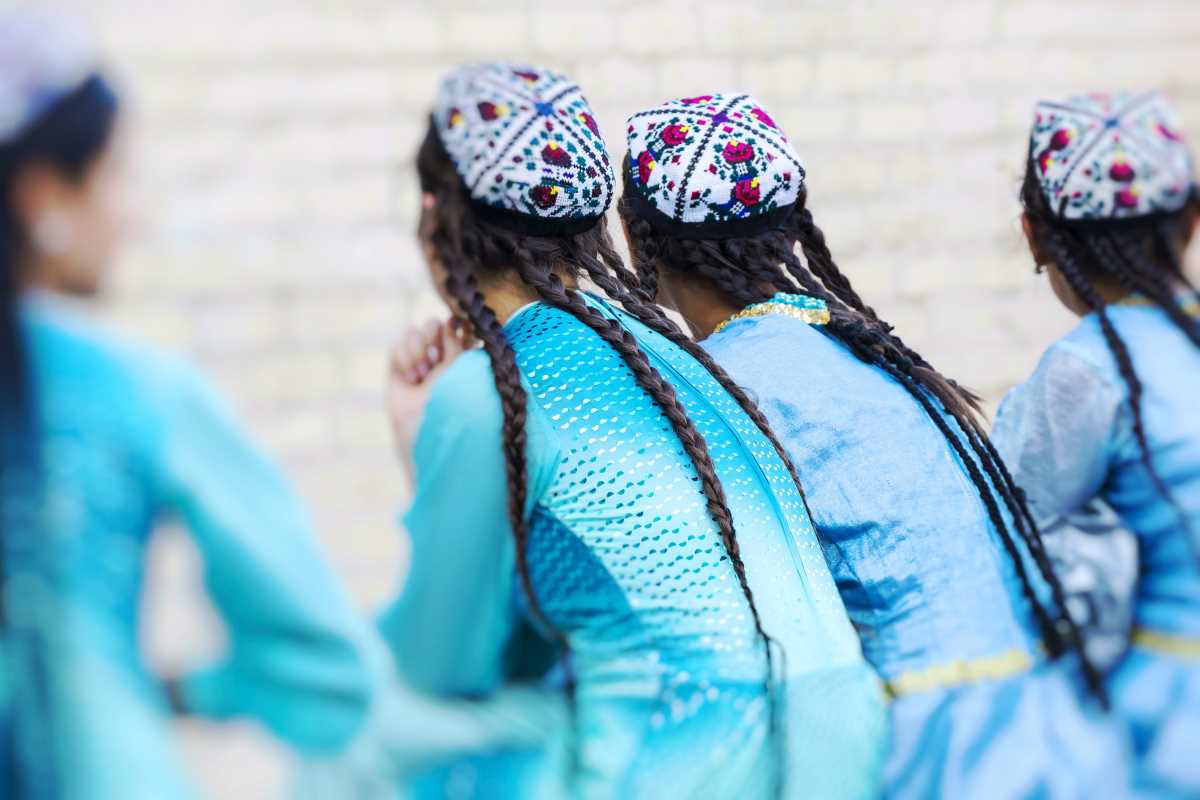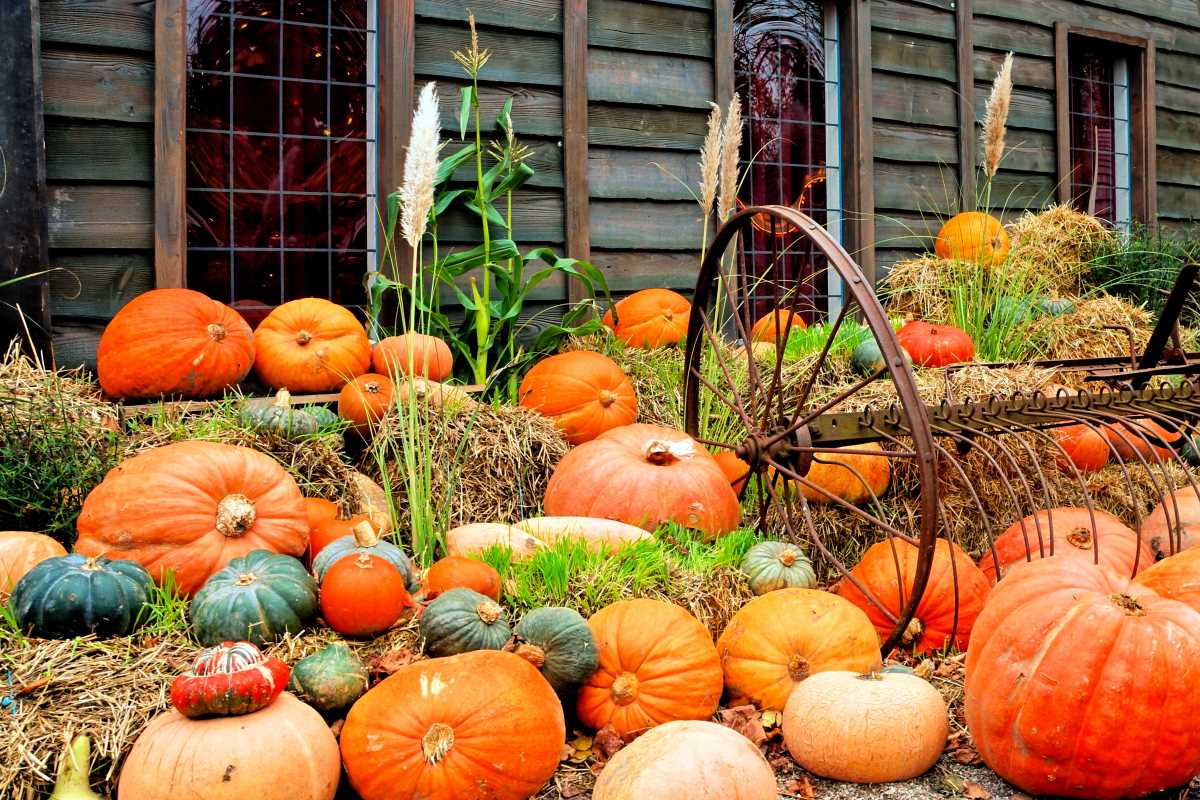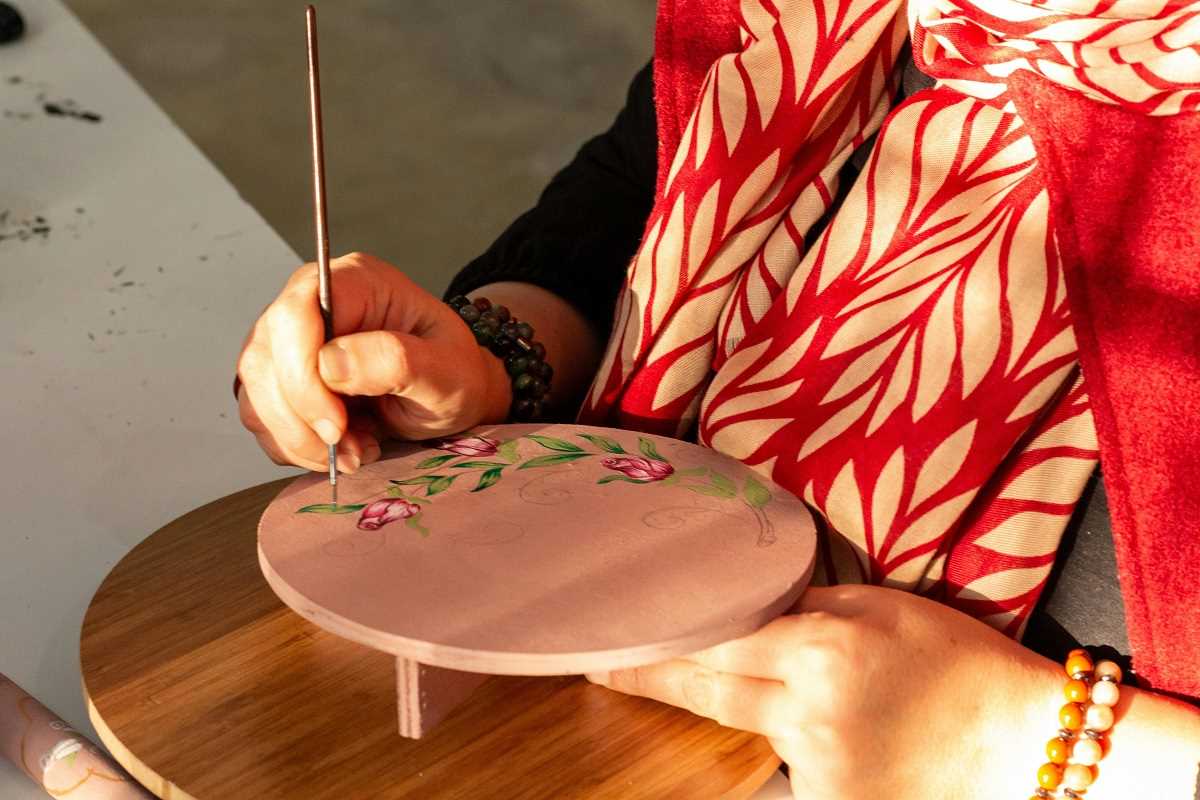Storytelling unfolds in village squares and community halls, where a single narrator steps forward, perhaps with a drumstick or a fan, or simply with a voice shaped by years of tradition. People gather and listen as tales of clever tricksters, brave heroes, and ancestral knowledge fill the air. These moments highlight the richness of regional storytelling and open a window into distant cultures and ways of life that differ from the everyday. Attending live performances nearby allows people to experience living history firsthand and become part of a dialogue that has endured for generations.
Connecting with local storytelling isn’t about fancy jargon or memorizing dates. It’s about noticing rhythms in voice, pauses that create tension, and small gestures that speak volumes. When communities host these performances, they fill public spaces with textures you won’t find on a screen. You’ll hear griots from West Africa snap their fingers and sing family genealogies. You’ll laugh at a swift-witted Rakugo performer in a Japanese teahouse. You’ll hush to absorb a Native American elder’s legend beneath towering pines. And you might even clap along to improvised décimas in a town plaza. Experiencing these living traditions in person turns listening into a shared celebration.
How Different Cultures Tell Their Stories
Each culture creates its own storytelling style. In West Africa, a storyteller called a Griot moves through villages with a stringed kora, singing tales that honor ancestors and record battles. They treat history as a living thing, drawing lines between past and present.
In Japan, Rakugo performers wear kimonos and deliver comedic or touching monologues while seated. They use only a fan and a cloth as props, relying on vocal shifts and facial expressions to transport listeners. Similarly, Native American oral legends depend on community gatherings around a fire, where elders share lessons through animal characters and cosmic journeys.
Across Latin America, poets craft décimas, ten-line stanzas that rhyme in playful or political ways. Street musicians improvise these verses, sparking friendly contests that highlight current events or local personalities. Each of these forms depends on vocal skill, memory, and the connection between storyteller and audience.
Listening closely helps you notice unique features: repeated refrains that build community, call-and-response sections that draw you into the action, and carefully placed silences. When you identify these elements, you can follow the storyline more easily and appreciate the craftsmanship that makes each tradition special.
How to Find Local Performances
- Community Festivals: Check your town calendar for cultural fairs or heritage days. These events often feature storytellers dressed in traditional attire.
- Public Libraries and Bookstores: Libraries sometimes invite guest performers for children’s hours or adult lecture series. Bookshop stages offer intimate settings for oral histories.
- Street Corners and Markets: Watch for street artists who mix music with stories. You might find a décima contest in a plaza or a troubadour sharing local legends.
- Theater Companies: Local theaters sometimes work with cultural groups to present folk dramas or multi-voice storytelling sessions.
- University and Cultural Centers: Colleges often host lecture-demonstrations featuring masters of various traditions, from spinning yarns in West African drums to recitations of Celtic ballads.
Pay attention to notices on community boards or social media pages dedicated to cultural groups. You’ll see flyers advertising upcoming shows or open-mic nights that welcome traditional tales. Making a habit of checking these sources helps you discover small events before they fill up.
Getting Ready to Attend: Tips and Best Practices
- Learn Basic Context: Read a short background on the tradition you plan to see. Write down key terms or characters so you feel more connected when you watch.
- Arrive Early: You’ll get a good seat and sometimes receive a brief introduction from organizers. Arriving early shows respect for the performers and gives you time to settle in.
- Respect Venue Customs: Some gatherings involve removing shoes, sitting on the floor, or participating in a call-and-response. Watch what others do or ask a nearby host if you’re unsure.
- Minimize Distractions: Silence your phone and keep conversation whispers to a minimum. This way, you stay immersed, and performers will appreciate your full attention.
- Bring a Small Gift: In many cultures, a small token—flowers, a craft item, or a simple compliment—goes a long way to show appreciation and build rapport.
Following these tips not only prepares you but also shows that you value the storyteller’s work. This respect often leads to invitations for informal chats after the performance or insider tips on where to see the next show.
Interacting with Performers and Audience Members
Once the show ends, stay a moment. Approach the storyteller with genuine curiosity. Ask how they learned the art, which stories they love most, or which regional variations they suggest exploring next.
Joining a local group or online community of fans can deepen your engagement. People often share recommendations for live stream sessions, exchange recordings, or organize group visits to festivals outside town. Building connections with fellow enthusiasts enhances your experience and encourages ongoing learning.
During interactive parts, lean forward. If the performer invites responses or movements, participate actively. That involvement increases your emotional connection and respects the communal spirit of oral tradition.
Take notes on memorable phrases or motifs you encounter. Over time, you’ll notice recurring themes—such as trickster journeys or creation myths—and see how they adapt to modern contexts.
Growing Your Appreciation
After attending several shows, set aside time to read more about the tradition. Look for short memoirs by storytellers, record albums of spoken-word performances, or collections of translated oral tales. That added background sharpens your ear for dialects, idioms, and historical references.
Think about signing up for a workshop. Some cultural centers offer beginner classes in drumming, chant forms, or storytelling techniques. Trying your hand helps you understand the physical and vocal effort behind each performance.
Volunteer at a local event. Assisting with setup, ushering, or hospitality introduces you to behind-the-scenes roles and further links you to the community.
Share what you learn with friends. Host a listening session or narrate a short story at your own gathering. By spreading the word, you help keep these traditions alive and encourage others to attend live performances.
Next time you see a flyer for a storytelling night, bring a friend and participate. You'll gain a better understanding of culture and see how stories influence our world.
 (Image via
(Image via

.jpg)



